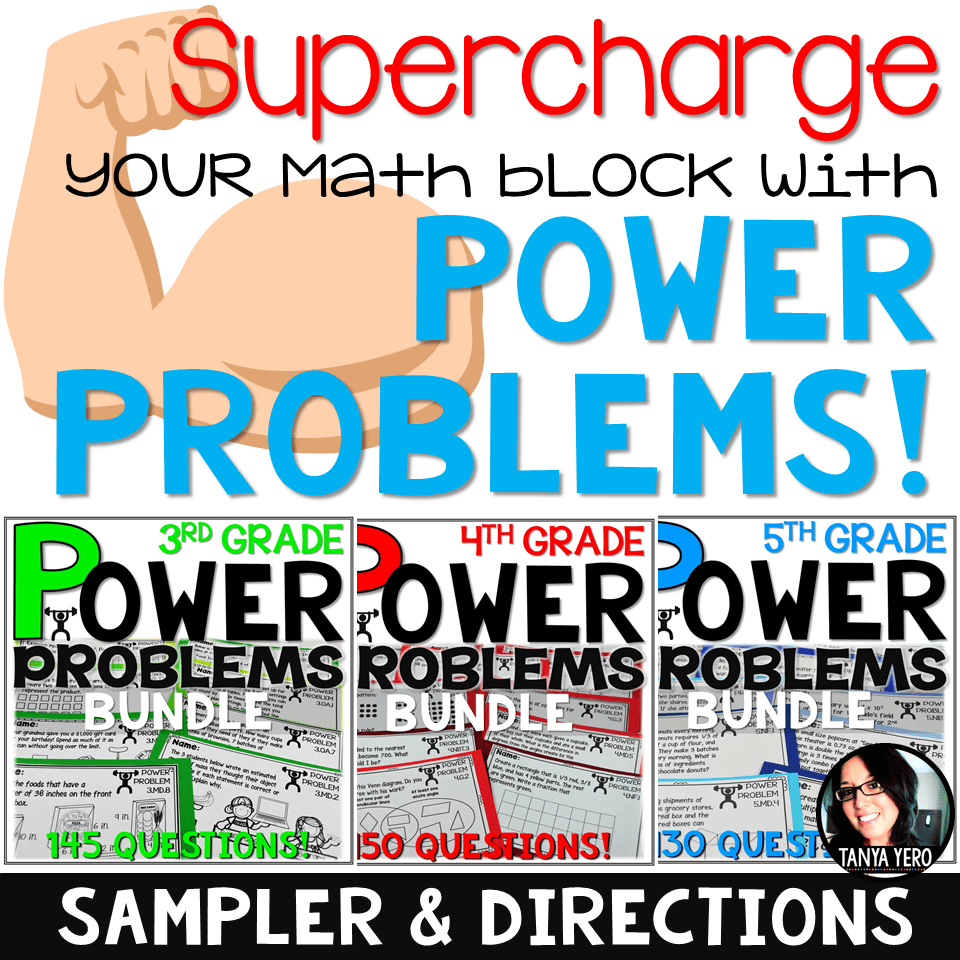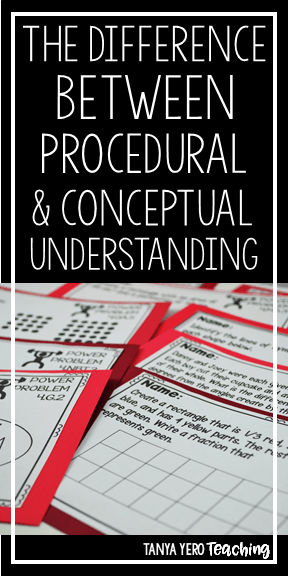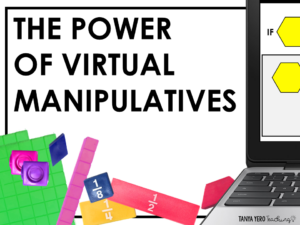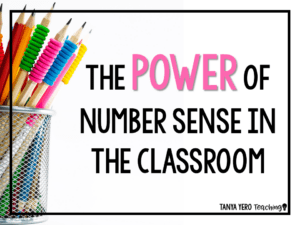What’s the difference?
Procedural understanding is when students hoard steps and algorithms. They rely on the memorization of these formulas to answer questions, and they rarely make deep connections during instruction.
Conceptual understanding is knowing the procedural steps to solving a problem and understanding why those algorithms and approaches work, similar to a recognition that there is a man hiding behind the giant head in The Wizard of Oz. This level of understanding has students reaching higher depths of knowledge because they are making connections from one skill to another.
As you plan your math lessons, ensure that you are targeting both procedural and conceptual understanding with an unbalanced approach. I use the 80-20 rule. Of the questions I pose to my students, 80% are conceptual-based. This is no easy feat when the majority of textbooks follow a 20-80 rule, where most of the work is procedural-based. We all know those textbooks and workbooks. They have 20+ rote questions for long division on a single page. As educators, we have to go after those meaningful questions.
Examples
Here are examples of questions aligned to the 4.MD.3 standard: Apply the area and perimeter formulas for rectangles in real world and mathematical problems.


Starting with the perimeter, students may plug in different dimensions that total 30 centimeters and then find the correct combination that gives the total area. When I work on this question with my class, I encourage them to start with the area. This encouragement, of course, comes from me after I have let them initially tackle this question independently. Most students start with the ever popular (and easily memorized) math fact of 6 x 6 = 36, but then become frustrated when they realize that 6 + 6 + 6 + 6 does not equal 30 centimeters. Through grit, they eventually come to the conclusion that they have to identify all the factors of 36. Prime/composite numbers and divisibility rules can be revisited or introduced with this question. Select and/or write questions that allow students to make connections with other skills.
Take the time to find materials that require your students to deeply evaluate curriculum. With specific questioning you’ll be able to cross over the threshold from procedural to conceptual understanding.
My line of Power Problems are designed to target conceptual understanding of standards. They are available for grades 3rd-6th.











One Comment
Comments are closed.